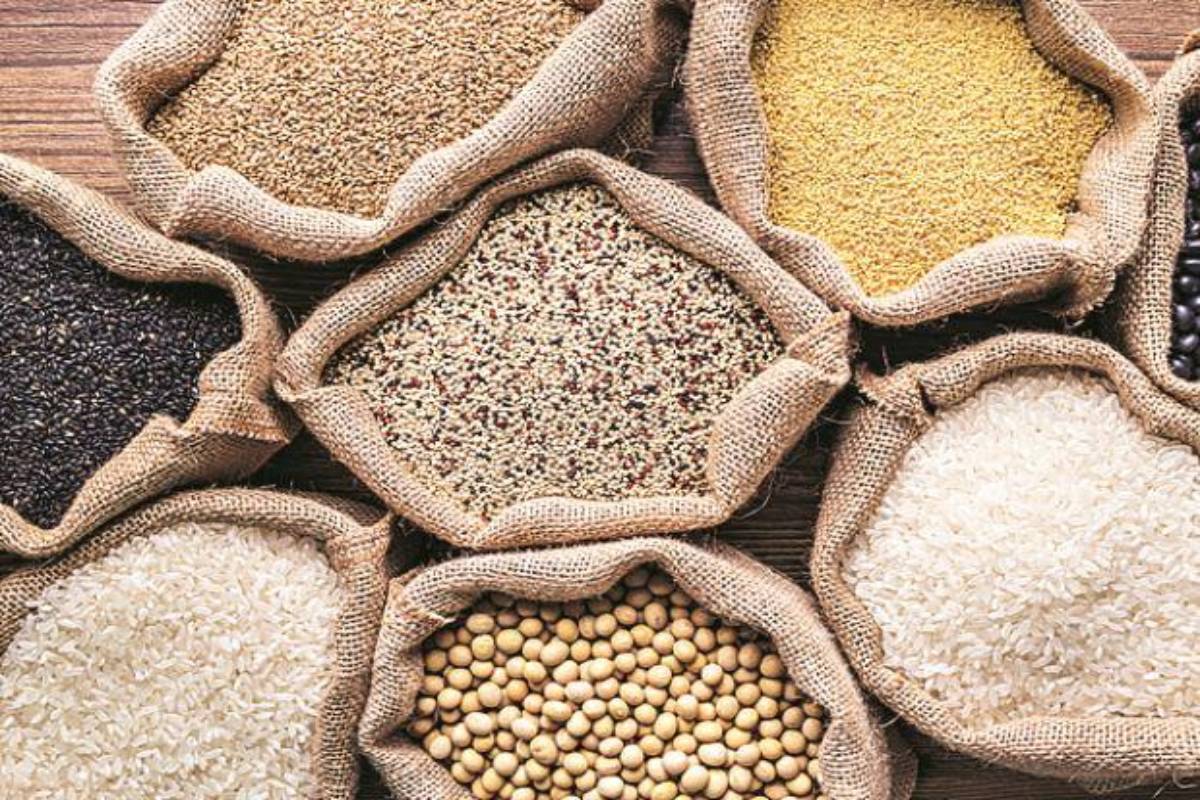SEBI exempts Centre from open offer rule on Vodafone debt-to-equity conversion
The SEBI order stipulates compliance with the Companies Act, 2013, and requires the government to report the acquisition to SEBI within 21 days.
A delegation led by Maxim Titov, Deputy Minister of Russian Ministry of Agriculture met Nidhi Khare, Secretary, Department of Consumer Affairs on Monday and discussed measures to enhance cooperation in the field of trade in pulses.
Statesman News Service | New Delhi | November 12, 2024 4:37 pm

Representational Image
A delegation led by Maxim Titov, Deputy Minister of Russian Ministry of Agriculture met Nidhi Khare, Secretary, Department of Consumer Affairs on Monday and discussed measures to enhance cooperation in the field of trade in pulses.
Russia has emerged as a major source of India’s import of masur (lentils) and yellow peas from the recent past. Apart from these two pulses, Russia is also contemplating to diversify its pulses production to urad (black matpe) and tur (pigeon pea).
Advertisement
A gradual, but significant easing of supply situation in respect of major pulses like tur, urad and chana are observed from July with encouraging kharif prospects and continuous imports. Tur crop is reported to be good and early harvest of tur crop in pockets of Karnataka have started.
Advertisement
The overall availability of pulses has been comfortable with robust inflow of imports of tur, urad, chana and yellow peas, this year. Tur and urad imports for the calendar year, 2024 at 10 LMT and 6.40 LMT, respectively by the first week of November have already exceeded the whole year import figures during last year.
The arrival of chana imports from Australia in bulk cargoes are expected from November. The recent diversification of source countries for pulses played an important role in ensuring continuous inflows at increasingly competitive rates.
Meanwhile, the preliminary reports of rabi sowing for chana, masur, urad and moong indicates that initial delay in some states due to prolonged rains are now recovering the lag in area coverage. Overall sentiment and sowing intention are reported to be upbeat because of good price realisation.
The government has decided to upscale the onion disposal in order to address temporary constraint in onion supply observed in certain markets in the past 2/3 days owing to festival season and closure mandis. NAFED has indented two more rakes for Delhi-NCR and one for Guwahati this week.
Similarly, dispatch through road transport would also be upscaled to ensure availability of onions in the market. The availability of onions would be further accentuated by more supplies from NCCF, both through rail and road transport. Additionally, the government has also decided to offload onions kept in cold storage at Sonipat to meet the requirements of Punjab, Haryana, Chandigarh, Himachal, J&K, Delhi etc.
As per the assessment of Department of Agriculture and Farmers’ Welfare, actual kharif sown area this year was 3.82 lakh hectare which is 34 per cent higher than 2.85 lakh hectare sown last year. Sowing progress of late kharif onion is also reported to be normal with coverage of 1.28 lakh hectare till first week of November.
The government had procured 4.7 lakh tons of rabi onion for the price stabilization buffer this year, and started the release from September 5, 2024 through retail sale at Rs 35 per kg and also through bulk sales in major mandis across the country. Till date over 1.50 lakh tonnes of onion in the buffer has been dispatched from Nashik and other source centres to consuming centres through trucks by road transport.
Earlier, 1,600 MT of onion was transported by Kanda Express and arrived at Kishanganj Station in Delhi on October 20 and another shipment of 840 MT of onion by rail rake to Delhi arrived on October 30. Bulk shipment of onions has also been sent to Chennai and Guwahati in the recent past. On October 23, 840 MT of onion had been dispatched from Nashik by rail rake which arrived at Chennai on October 26.
A shipment of 840 MT onions by rail rake arrived at Changsari Station in Guwahati on November 5, 2024 which was distributed in various districts of Assam, Meghalaya, Tripura and other NE States.
Retail prices of tomatoes are on the decline with the fall in mandis prices. At Azadpur mandi, the weekly average price is down by 27 per cent to Rs 4,000 per quintal and at Pimpalgaon the weekly average price is down by 35 per cent to Rs 2,250 per quintal. In Madanapalle the weekly average price is down by 26 per cent to Rs 2,860 per quintal amidst a 20 per cent increase in total weekly arrivals. In Kolar the weekly average price is down by 27 per cent to Rs 2,250 per quintal.
The all-India average retail prices of potato are stable during the last three months at about Rs 37 per kg. The weekly average mandi prices of Rs 1,860 per quintal at Agra has been down by 15 per cent during last week.
As per the market intelligence inputs, overall potato acreage is expected to increase by 16 per cent this year with expected 10 per cent increase in Punjab and Farrukhabad region in UP.
Advertisement
The SEBI order stipulates compliance with the Companies Act, 2013, and requires the government to report the acquisition to SEBI within 21 days.
President Droupadi Murmu on Tuesday said the Reserve Bank of India (RBI) has emerged as one of the most critically…
Expressing concern over the delay in conducting the census, Kharge, during the Zero Hour in the Upper House, said, “Our country has been conducting a census every 10 years since 1881. No matter what – wars, emergencies, or crises – the process has always continued.”
Advertisement
